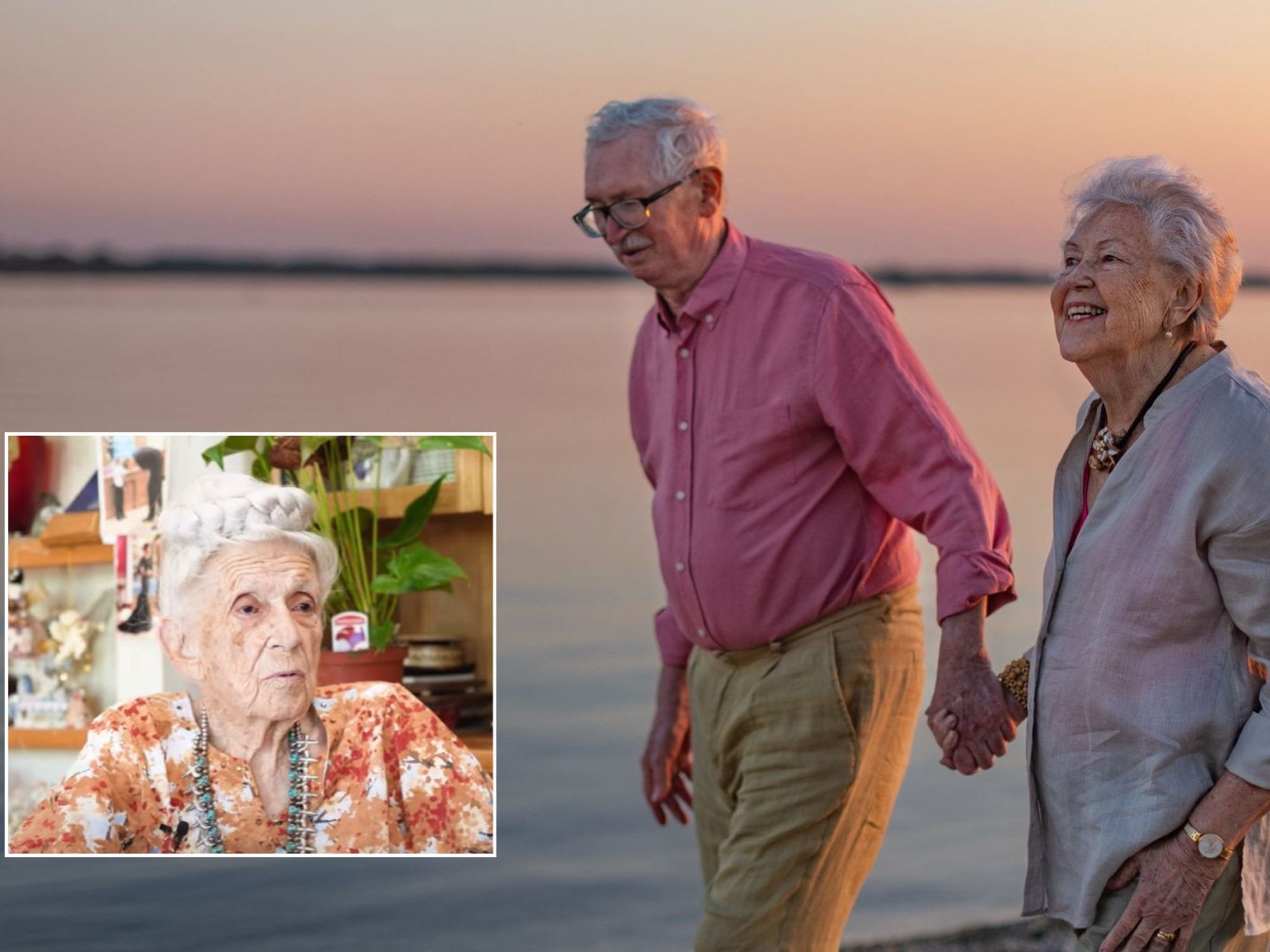Katie Nicholl opens up on her battle with liver cancer
GB News
A cancer patient has described her cancer symptoms in a bid to help others recognise when something is wrong
Don't Miss
Most Read
Trending on GB News
Bowel cancer is a leading cause of death around the world, and its prevalence shows no signs of slowing.
The odds of surviving the disease depend largely on an individual’s ability to detect it in its early stages.
Fortunately, social media is awash with patient-shared insights into what the disease looks like in its infancy.
Ellie Wilcock recently shared her experience with the condition and the signs that appeared in the run-up to her diagnosis.

Ellie urged others not to ignore their symptoms
TIKTOK / ELLIEWILCOCK0
“Cancer can happen to anyone," she told her followers. “Cancer doesn’t discriminate, but it’s a bulldozer—it moves into people’s lives.
“A change in bowel habits could mean more diarrhoea, more constipation, or swinging between the two.
“For me, it was a constant change between the two, but it just wasn’t normal for me.
“My abdomen was painful and swollen on my left-hand side because the tumour was obstructing my large bowel.
“Fatigue was another big one for me. I would come home from work and just want to lie down and go to bed.
“I was really tired and really fatigued—even just sitting at my desk, I would find myself falling asleep.”
The fourth and final symptom she said many experience is the appearance of blood in the stool, which results in excrement appearing in different colours.
While these symptoms may be hard to spot, it is important to take note when the colour of faeces is persistently different.
The Mayo Clinic notes: “Stool comes in a range of colours. All shades of brown and even green are considered typical.
LATEST DEVELOPMENTS

Changes in bowel habits warrant investigation
GETTY“Only rarely does stool colour indicate a possibly serious intestinal condition. Stool colour is generally influenced by what you eat as well as by the amount of bile—a yellow-green fluid that digests fats—in your stool.”
Medical institutions generally advise consulting a doctor if stool appears bright red, black, or pale grey.
These colours can indicate an underlying health issue or bleeding in the digestive tract, which may prompt a referral from your GP.
Further tests to determine the cause of changes in bowel habits include a colonoscopy, which allows doctors to examine the colon and rectum for abnormalities.








